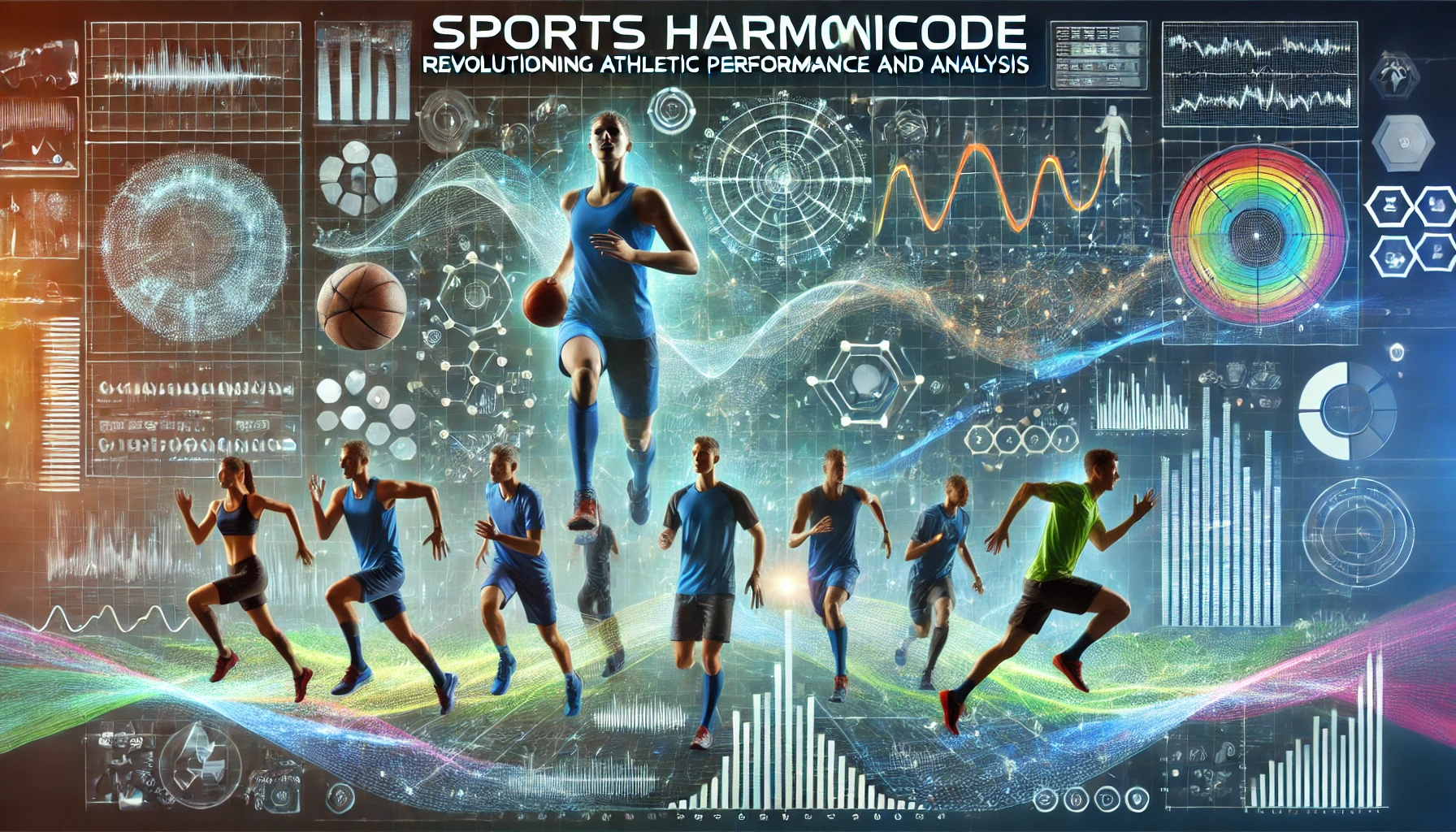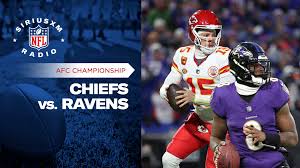In recent years, technology has played a vital role in transforming how we approach sports and athletic performance. Among these technological advancements, the concept of “sports harmonicode” has emerged as a groundbreaking tool that offers unique insights into athlete training, performance optimization, and injury prevention. But what exactly is sports harmonicode, and how does it influence the world of sports? In this article, we will explore the essence of sports harmonicode and its significant impact on the sports industry.
What is Sports Harmonicode?
At its core, sports harmonicode is a sophisticated data analysis system designed to interpret the harmonic motion and energy efficiency of athletes during physical activities. It combines principles of biomechanics, physics, and machine learning to analyze patterns of movement. This data-driven approach enables coaches, trainers, and athletes to refine their techniques, enhance performance, and reduce the risk of injury. The term “harmonicode” refers to the harmonious combination of different movement variables such as speed, force, and rhythm.
The Science Behind Sports Harmonicode
The principle of sports harmonicode relies on studying the human body’s natural harmonic patterns. Every athlete, when performing a physical activity, generates a specific harmonic pattern that can be measured and analyzed. These patterns are essential because they reveal how efficiently an athlete is moving. By examining these harmonics, sports professionals can assess if an athlete is overexerting certain muscles, moving inefficiently, or at risk of injury.
Sports harmonicode utilizes sensors and wearable devices that collect real-time data on an athlete’s movements. This data is then processed using algorithms to produce a harmonicode, which reflects how well an athlete’s body movements are synchronized with their physical activity.
How Sports Harmonicode Enhances Athletic Performance
Athletes and trainers have long relied on subjective methods to evaluate performance, such as visual assessments and feedback from the athletes themselves. Sports harmonicode, however, introduces a quantifiable, objective analysis that leaves no room for error.
1. Movement Optimization
One of the primary benefits of sports harmonicode is its ability to optimize movement. By providing precise data on how an athlete moves, harmonicode helps identify areas where the athlete can adjust their technique to maximize efficiency. For example, runners may discover ways to improve their stride, while basketball players can refine their shooting techniques by analyzing their movement patterns.
2. Injury Prevention
Injury is a major concern for athletes across all sports. Sports harmonicode is revolutionizing injury prevention by detecting early signs of strain or stress in an athlete’s movements. If a player exhibits unnatural harmonic patterns, it may indicate an imbalance or overuse of certain muscles. This data can prompt timely interventions, allowing athletes to rest or modify their training routines to prevent injuries before they occur.
3. Training Customization
Every athlete is unique, with their own set of strengths and weaknesses. Sports harmonicode allows trainers to develop personalized training programs tailored to an athlete’s specific needs. Whether it’s improving endurance, increasing speed, or enhancing muscle strength, harmonicode-driven insights help athletes target the exact areas where they need improvement.
Applications of Sports Harmonicode Across Different Sports
The potential of sports harmonicode is vast, and its applications span various sports, from individual activities like track and field to team sports like football and basketball. Let’s look at how sports harmonicode is being implemented across different disciplines.
1. Track and Field
In track and field, where fractions of a second can mean the difference between winning and losing, sports harmonicode has proven invaluable. Sprinters use harmonicode to analyze their strides and reduce energy wastage. By examining the harmonic efficiency of each step, athletes can maintain consistent speed and endurance throughout their races.
2. Football (Soccer)
In soccer, sports harmonicode is used to analyze everything from running patterns to ball-kicking techniques. Midfielders can use harmonicode to optimize their passing and dribbling techniques, while goalkeepers can analyze their diving patterns to improve their ability to save goals. By reducing wasted movement, soccer players can perform more efficiently and sustain their performance for longer periods.
3. Basketball
Basketball players benefit from sports harmonicode by analyzing their shooting motions, dribbling patterns, and defensive techniques. Harmonicode can reveal inefficiencies in a player’s jump shot or help them maintain balance when making fast turns. For defenders, harmonicode analysis helps improve lateral movements and reaction times.
4. Tennis
Tennis players use sports harmonicode to evaluate the efficiency of their swings, serves, and court movements. Whether it’s adjusting a backhand stroke or refining footwork during rallies, tennis players can enhance their gameplay with harmonicode-driven insights. The precise analysis helps athletes reduce unnecessary exertion and focus on fluid, efficient movements.
Sports Harmonicode in Team Sports
While individual athletes greatly benefit from sports harmonicode, its use in team sports is also expanding. Coaches can evaluate the collective harmonic efficiency of an entire team, allowing them to fine-tune strategies for optimal performance. For example, in rugby or American football, harmonicode analysis can help teams synchronize their movements during offensive plays, ensuring that every player is contributing to the team’s overall performance.
1. Improving Team Coordination
In sports like basketball and soccer, team coordination is critical. By using sp0rts harmonicode, coaches can measure the harmonic patterns of each player and see how well they are working together. If one player’s movement is out of sync, it can affect the entire team’s performance. Harmonicode provides a clear picture of how players are moving in relation to each other and highlights areas where coordination can be improved.
2. Strategic Decision-Making
Harmonicode data is also being used for strategic decision-making. Coaches can review harmonic patterns from past games to identify areas for improvement or make real-time decisions during games. By adjusting their strategies based on harmonic data, teams can increase their chances of success.
The Future of Sports Harmonicode
As sports harmonicode continues to evolve, its impact on the sports industry is expected to grow. We are likely to see advancements in the technology that make it even more accurate and accessible. For example, developments in artificial intelligence and machine learning will enable more precise harmonic predictions, allowing athletes to make real-time adjustments to their techniques during training or competition.
1. Integration with Wearables
Wearable technology is expected to play a significant role in the future of sp0rts harmonicode. Athletes may soon have access to advanced wearables that track their harmonic patterns in real-time, providing instant feedback during performance. These wearables could integrate with smartphone apps, giving athletes immediate insights into their movements.
2. AI-Driven Analytics
AI will further refine the ability to predict and analyze harmonic codes, enabling coaches and trainers to anticipate potential performance issues before they manifest. As machine learning algorithms become more sophisticated, harmonic analysis will become more personalized, offering athletes tailored recommendations based on their unique physiology.
3. Wider Adoption in Amateur Sports
While sp0rts harmonic0de is currently being used by elite athletes and professional sports teams, its adoption is likely to extend to amateur athletes and youth sports in the near future. As the technology becomes more affordable and accessible, athletes of all levels will be able to harness the power of harmonicode analysis to improve their performance and reduce injury risk.
Conclusion
Sports harmonicode represents a revolutionary approach to athletic performance and analysis. By combining cutting-edge technology with principles of biomechanics, sports harmonicode offers a new way to optimize movement, prevent injury, and enhance training. Whether in individual sports like tennis or team sports like soccer and basketball, harmonicode analysis is poised to reshape the future of athletic performance. As the technology continues to evolve, athletes, coaches, and trainers can expect even more powerful tools to elevate sports to new heights.



